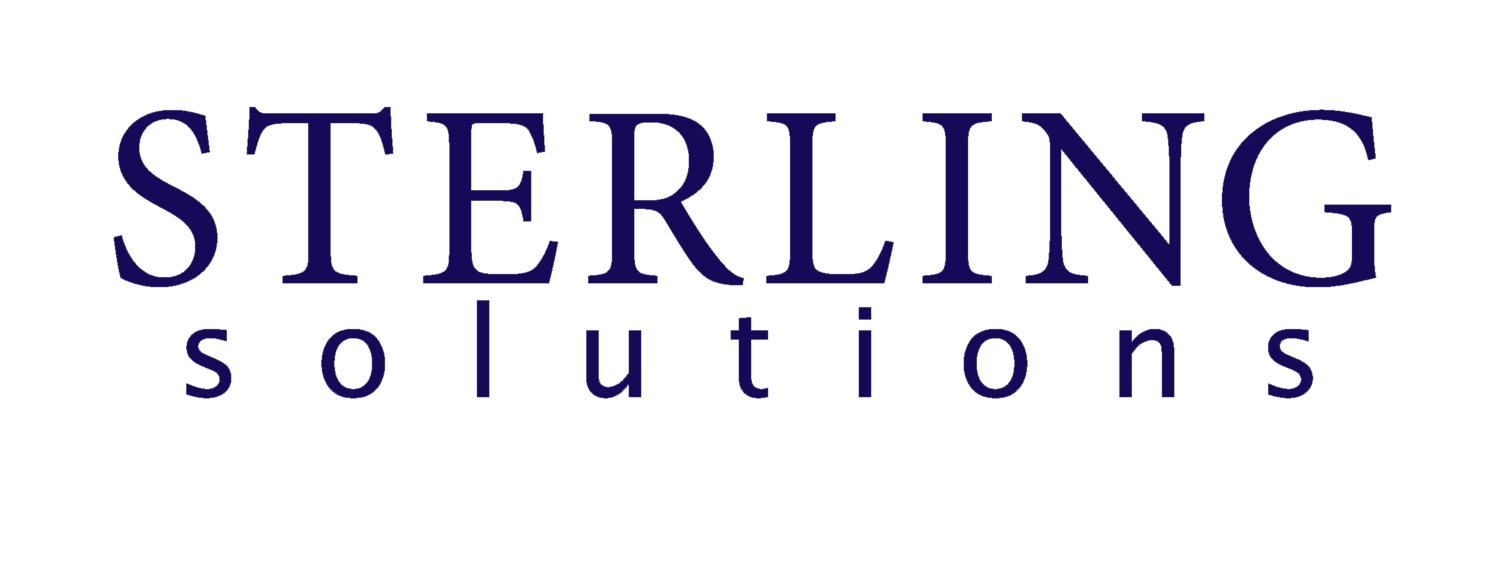
Business Optimization
Measurable, sustainable business improvement comes with ongoing, focused adjustments. There can be a million ways to get there…maybe it’s finding the root cause of a specific operational problem or developing a new revenue stream, perhaps implementing expense reductions, or investing in capital equipment. No matter your challenges, achieving positive results is our goal.
Price Optimization
Challenge
A small manufacturing business struggled with a large portfolio of over 2,000 SKUs that were comprised of six product categories. The majority of those product categories were being threatened by the shift from the older analog x-ray technology to digital radiography. The business was actively developing new products for the new digital category but couldn’t maintain revenue and margin levels by concentrating only on the new category.
Solution Plan
The analog categories were analyzed to understand the annual cost per year to a customer, the competitive landscape of each category, and the expected volume decline as each category shifted to the new technology. A five-year plan would allow the analog pricing to be optimized by focusing on the 20% of the items that comprised 80% of the analog sales, reviewing and implementing price adjustments for the low volume items using cost-plus basis, creating pricing tiers, and implementing a substitution plan to ensure availability of the most product configurations for as long as possible. This entailed close collaboration with manufacturing and supply chain. In addition, launch pricing for the new digital products was executed at a higher level to assist in covering the analog decline.
Results
At the beginning of the project, volume was 80% driven by analog categories. By the end of the project, 20% of the volume was from analog categories. Total revenue grew in the low single-digits and operating margin had increased 500 bp.
Sales and Operating Plan Implementation
Challenge
With irregular seasonality, a high backorder rate, increased overtime, and unimpressed customers, a medical device company struggled to manage production and delivery. Long lead times and high volume requirements for raw materials caused material and labor shortfalls and spikes in inventory and manufacturing costs. With little input from the sales and marketing team, the operations teams was using a new = old forecasting model to estimate monthly production on a calendar basis.
Solution Plan
A multi-step plan was designed after discussions with sales, marketing, R&D, manufacturing, purchasing, and production planning. The plan included a Sales and Operating Plan process with weekly and monthly meetings between all pertinent departments. The production plan was revised to include the new customer input from sales and marketing, a rolling 12-month view of orders and production, and a set of KPI’s that would be tracked regularly.
Results
In the first year of implementation, backorder levels were reduced 20%, manufacturing efficiency improved, overtime costs reduced, revisions to supply contracts for high volume/long lead time raw materials to reduce the spikes in raw material cost, and increased WIP inventory for increased production flexibility. KPIs were set and monitored monthly with improvements seen in all internal and customer-focused metrics.
Sales Channel Development
Challenge
The business manufactured and sold dental x-ray accessories through a distribution network. Changes to the x-ray machines or designs by dental x-ray equipment manufacturers (OEMs) were not readily available to the business. Consequently, a technology shift from analog to digital radiography caused the business to be behind the changes and without the knowledge to react to the changes.
Solution Plan
The new digital radiography equipment required new accessories. The plan required market research of the OEMs to understand the new technology and new equipment. The business was then able to develop a product pipeline to design and manufacture the needed digital x-ray accessories. The plan also included utilizing the OEMs as a new sales channel for their accessories; by providing the OEMs with the accessories needed for their equipment to be used properly, it was a win-win for both parties.
Results
Approximately 1/3 of the revenue of the new digital x-ray accessories came from the OEMs through invoiced sales directly to them. The OEMs would sell their equipment along with the starter kit needed for immediate use along with reorder information for the ongoing purchase of the accessories through the normal distribution channel. The OEM relationships allowed design changes and technology shifts to be anticipated and planned for by the business providing better efficiency and the business had relationships with the Top 5 OEMs plus several others who private-labeled from the equipment leaders.
